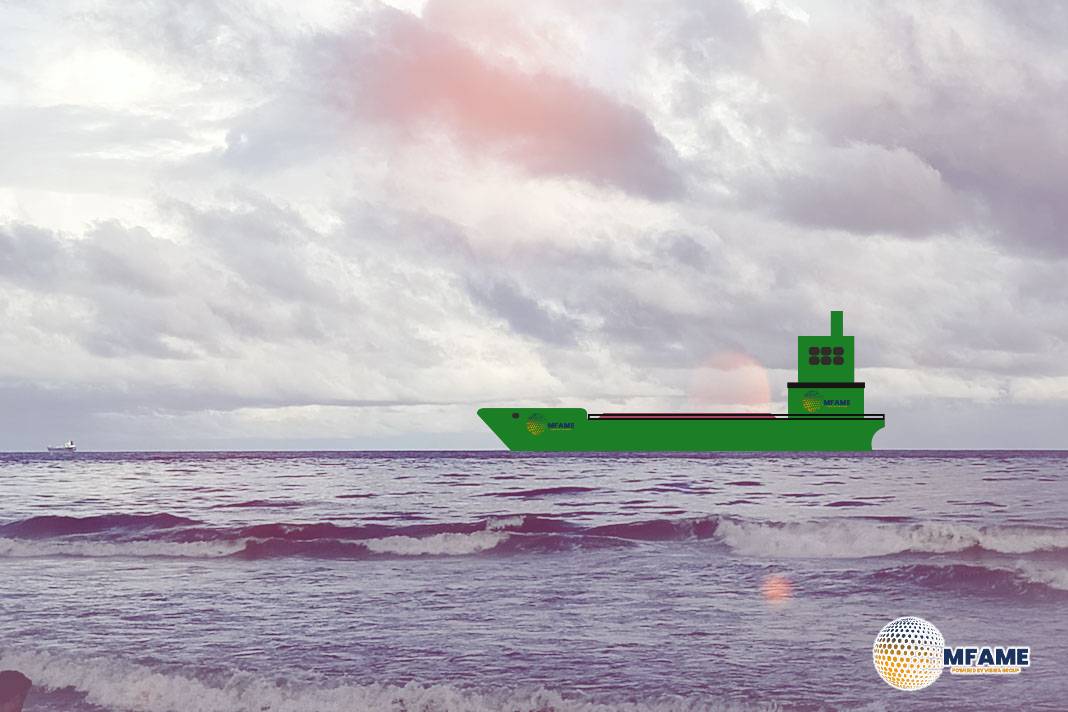A detailed analysis of the crude oil tanker market reveals varying conditions and price dynamics across the major vessel classes and global trading regions.
VLCC Market Overview
The Very Large Crude Carrier (VLCC) market experienced a slight slowdown, yet owners are maintaining high returns.
- Market Decline: The market saw a steady, slow decline over the past week, culminating in a reported fixture of Worldscale (WS) 69 for the Middle East Gulf (MEG) to China route.
- Activity and Sentiment: Activity has largely moved “under-ground” due to holidays in the Far East, leading to a “fear-of-missing-out” sentiment among market participants as few fixture details are leaked.
- Profitability and Owner Strategy: Despite the slight rate decline, daily returns for owners remain high, typically in the USD 55k−USD 65k range. While some profit-taking may occur, independent owners have begun to adopt a cautious approach to rate setting.
- Atlantic Resurgence: The Atlantic market has become buoyant again, with US Gulf (USG) to East rates rebounding to USD 10.5 million for the benchmark Ningbo discharge. This increase is primarily attributed to a scarcity of vessels having ballasted west on speculation.
Suezmax Market Overview
The Suezmax segment is characterized by extreme tightness in the West, which is drawing vessels out of the East.
- Tightness in the West: Tonnage in the Western region remains extremely tight, which is expected to give owners a stronger negotiating position.
- West Africa Program: The West Africa program for October appears to be nearing completion due to a high number of private and public deals, making an extension of the current strong dynamic into November seem unlikely.
- Potential Market Triggers: The lack of activity from the CPC (Caspian Pipeline Consortium) and US Gulf markets is noted. If either of these markets activates, West Africa charterers may face renewed pressure and limited available time to secure vessels.
- Stability in the MEG: The Middle East Gulf (MEG) has seen a gradual reduction in available vessels as ships are drawn out to the West, which is expected to lend stability to both the East and Westbound routes, though a major rate test is still needed.
Aframax Market Overview
The Aframax market is tight across both the North Sea and the Mediterranean, with rates holding or climbing due to vessel shortages and delays.
North Sea
- Rate Stability: Rates have remained fairly steady despite a short tonnage list of local candidates.
- Tonnage Pressure: The available vessel list remains tight due to a couple of relets being held for internal needs and a continued trend of vessels leaving the area, which keeps pressure on supply heading into what is forecast as a fuller third-decade program.
Mediterranean
- Busy Activity: The Mediterranean has been very active, with many vessels fixed quietly throughout the week.
- Rate Repetition: The benchmark TD19 rate was repeatedly fixed at Worldscale (WS) 155.
- Tonnage List Cleared: The forward tonnage list has been cleared out, leaving few prompt/safe vessels available.
- Slipping Itineraries: Delays in existing vessel itineraries are contributing to the pressure on the available tonnage list. Charterers are now booking dates well into the third decade to secure safe tonnage, and owner resolve on rates shows no signs of fading.
Did you subscribe to our daily Newsletter?
It’s Free Click here to Subscribe!
Source: Fearnleys

















